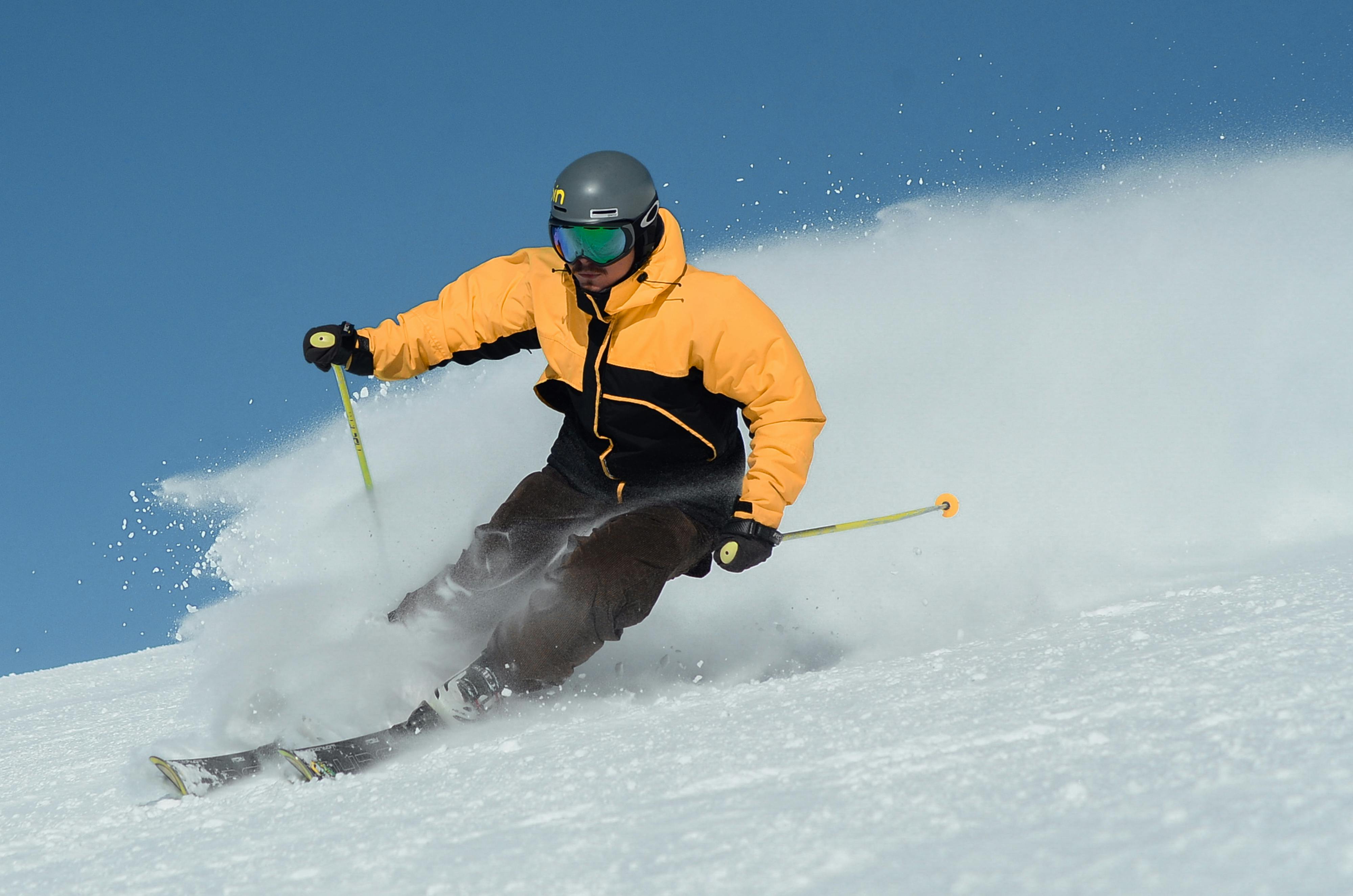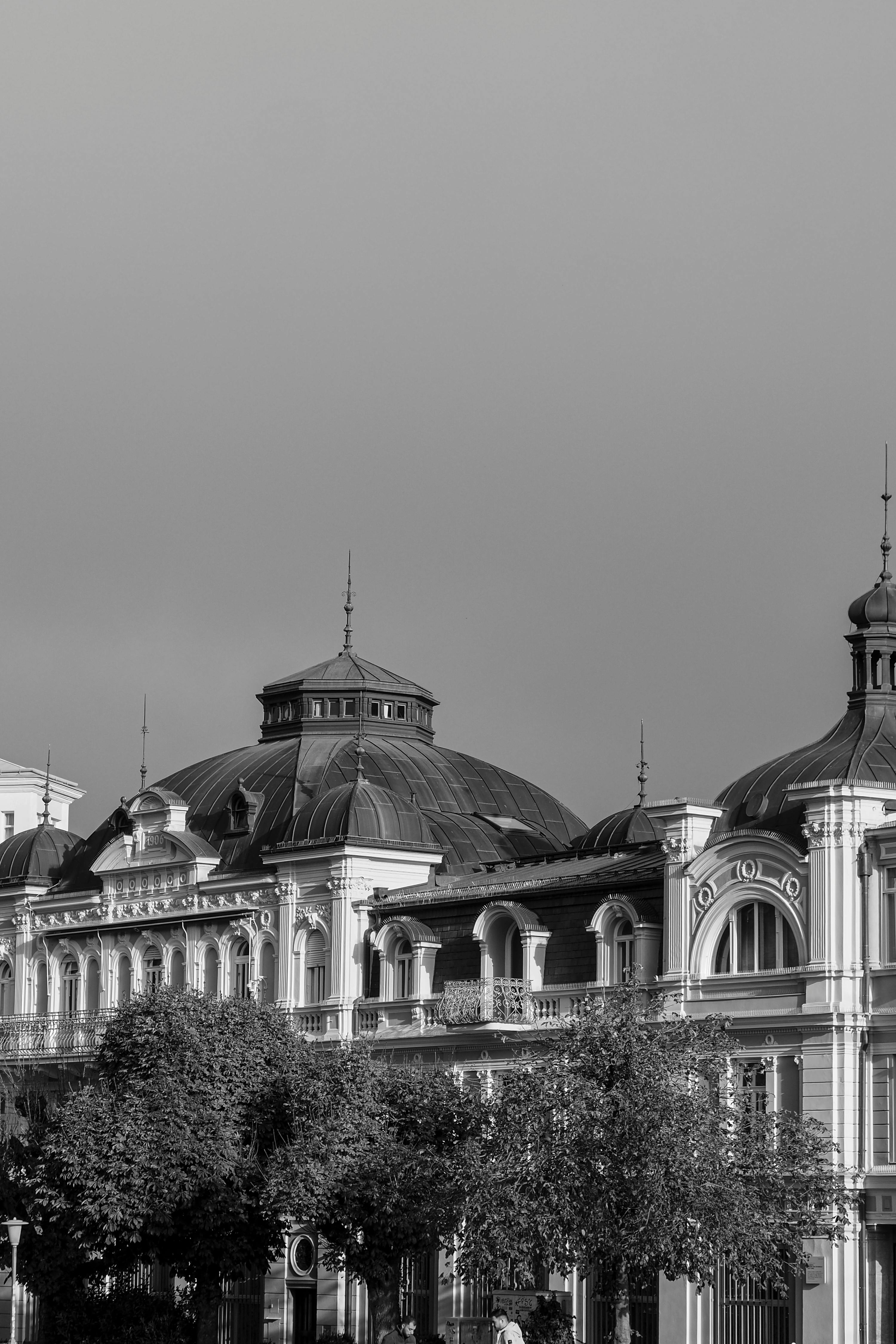"Redefining Boundaries: The Intriguing World of Virtual Reality in Art"
Delve into the fascinating realm of virtual reality (VR) as it intersects with the world of art. This article explores the historical context, current trends, and the transformative impact of VR on artistic expression and audience engagement. Virtual reality, a concept once confined to the realms of science fiction, has now become a tangible reality. The roots of VR in art can be traced back to the 1960s, when artists began experimenting with immersive installations and environments. However, it was only in the late 1980s and early 1990s that VR technology became sophisticated enough to be used in artistic creation.

The Current Landscape of VR Art
Fast forward to the present day, and VR has revolutionized the art world. Artists are using VR to create immersive experiences that challenge the traditional boundaries of art. From virtual art galleries to interactive installations, VR is being used to engage audiences in ways that were previously unimaginable. The recent lockdowns due to the global pandemic have further accelerated the adoption of VR in art, as artists and galleries seek innovative ways to reach audiences.
The Impact and Significance of VR in Art
The impact of VR on art is profound. It has expanded the canvas for artists, allowing them to create in three dimensions and engage audiences in a more immersive and interactive way. VR has also democratized art, making it accessible to a wider audience. People from all over the world can now experience art installations and exhibitions virtually, without the need to physically visit a gallery or museum.
The Reception of VR Art
The reception of VR art has been largely positive, with critics lauding its ability to push the boundaries of artistic expression. However, it has also sparked debates about the definition of art and the role of technology in art. While some argue that VR is just another tool for artists, others contend that it is fundamentally changing the nature of art.
The Future of VR in Art
The future of VR in art looks promising. As technology continues to evolve, artists will have even more tools at their disposal to create immersive and interactive experiences. Moreover, as VR becomes more mainstream, it is likely to become an integral part of the art world, shaping the way we create, experience, and engage with art.
In conclusion, VR is not just a technological innovation; it is a transformative force in the world of art. It is redefining the boundaries of artistic expression and audience engagement, challenging our perceptions of what art can be. As we continue to navigate this exciting new frontier, one thing is clear: the intersection of VR and art is a space ripe for exploration and innovation.





